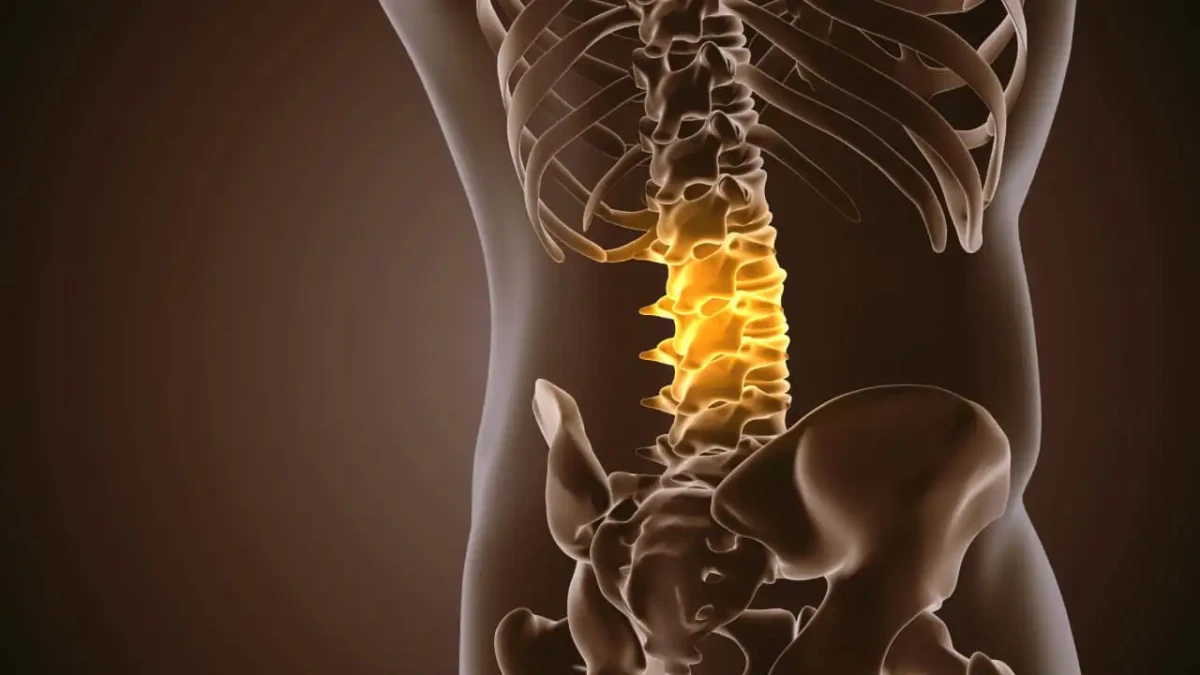A recent study from Osaka Metropolitan University, published on November 11, 2025, has introduced a novel method for repairing spinal fractures by utilizing stem cells derived from adipose tissue (body fat). This innovative approach presents a promising alternative to conventional treatments for osteoporosis-related fractures.
Osteoporosis weakens bones and often leads to spinal compression fractures, severely affecting patients’ quality of life. The research team concentrated on adipose-derived stem cells (ADSCs), notable for their ability to differentiate into various cell types, including those that form bone. The researchers cultivated these ADSCs into three-dimensional spheroids and pre-differentiated them towards bone-forming cells, enhancing their effectiveness in promoting bone regeneration.
In animal trials, the team combined the bone-differentiated spheroids with β-tricalcium phosphate, a commonly used material in bone reconstruction. When applied to rats with spinal fractures, this treatment significantly improved bone healing and strength. Notably, there was an increase in the activity of genes associated with bone formation and regeneration, suggesting that the method effectively stimulates the body’s natural healing processes.
This technique offers several significant advantages over traditional treatments. Using ADSCs, which are readily accessible and put minimal strain on the body, enhances patient safety and reduces the procedure’s invasiveness. The synergistic effect of combining these cells with a bone-rebuilding material may expedite healing and improve outcomes for patients with spinal fractures.
Overall, the study’s findings could pave the way for new treatments for osteoporosis-related fractures, harnessing the regenerative capacity of adipose-derived stem cells to develop safer, more effective, and minimally invasive therapies that significantly enhance the quality of life for individuals suffering from bone degeneration.












Leave a comment